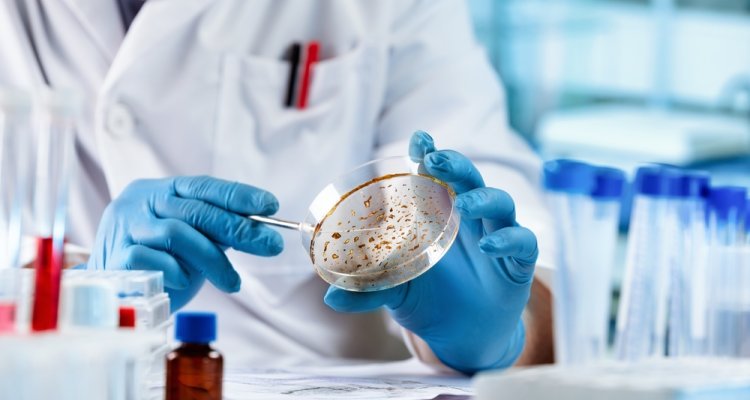
Promotie
pH Down, Adaptability Up: The Versatile Physiology of Acidophilic Sulfate-Reducing Bacteria
Samenvatting
To fulfil the increasing societal metal demand, mining is crucial. However, the vast majority of excavated material becomes waste, which if improperly handled can result in the formation of acid mine drainages (AMD). These are highly acidic streams rich in sulfate and heavy metals that form serious environmental hazards. Interestingly, acidophilic sulfate-reducing bacteria (aSRB) can mitigate AMD through their metabolism, which in biotechnological applications can even be used for metal recovery from AMD. Despite their promising biotechnological potential, many aspects of aSRB physiology, such as their ability to withstand the extreme AMD environments remain unclear. By studying Acididesulfobacillus acetoxydans as a model microorganism for aSRB, significant insights into the acetic acid and proton stress response were gained, alongside discovering a novel pathway for converting nitrate to ammonium. These findings enhance our insights into aSRB and microbial physiology broadly, additionally furthering understanding of AMD ecology and offering insights for aSRB biotechnology.